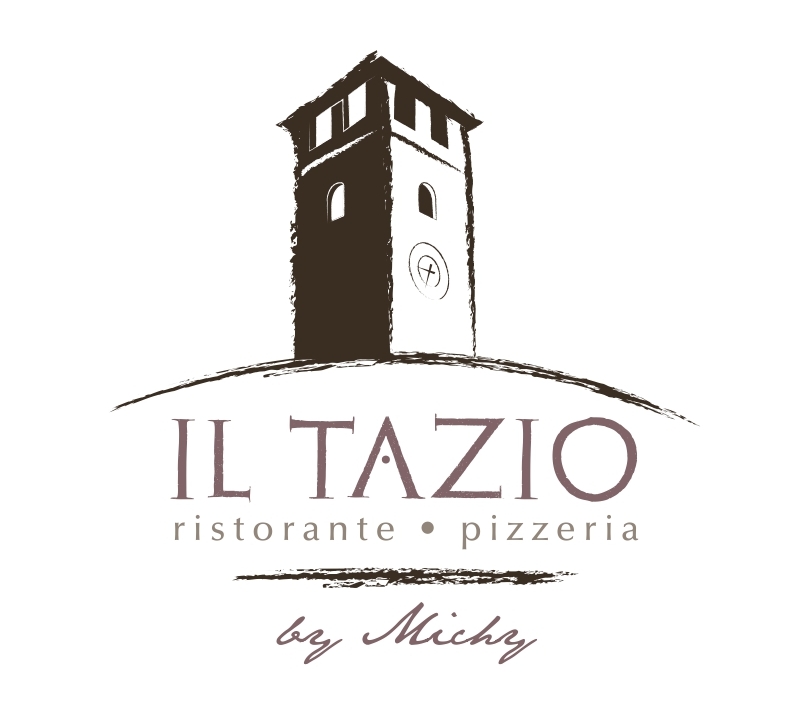Castle and Church of San Rocco
The castle is located on the mountain overlooking the town of Provaglio d’Iseo in the “Piano delle Viti” area; its strategic position is easily reachable along the historical paths that rise from the districts of Provaglio d’Iseo, Zurane and Gresine, or from Iseo, climbing the mountain and passing the sixteenth-century sanctuary of the Madonna del Corno.
Brescia’s Catastic by Giovanni Da Lezze (1609-1610) describes the place as a ruined castle.
In 1680 Padre Fulgenzio Rinaldi, a historian from Iseo, wrote that the castle of Provaglio was burned and destroyed in the early 1400s by Pandolfo Malatesta, lord of Brescia from 1404 to 1421, during the struggles against the Visconti and their allies, the Oldofredi.
In 1567, in the records of the pastoral visit of Bishop Bollani, the church of Sant’Ambrogio in castro was registered, governed by the Municipality and devoid of property; being in ruins it was ordered to reduce it to a votive sanctuary.
In 1792 the new parish church of Provaglio was built, dedicated to Saints Peter and Paul, on the site of an older church dedicated to San Rocco; the people of Provaglio, wishing to honor the patron saint from epidemics, decided to dedicate the holy shrine that emerged from the ruins of the ancient castle to him.
The church of San Rocco was inaugurated on August 16th, 1868. The structure of the church, with a single room, has anomalies both in the plan and in the thickness of some walls which confirm the hypothesis of a construction on ancient pre-existing structures.
The area was abandoned until 1999, when the restoration work began with archaeological investigations that made it possible to highlight the various construction phases and to museum the site.
Some ceramic fragments dating back to the Bronze Age (II-I millennium BC) come from Prehistoric times, while a series of post holes and hearths could indicate the existence of a settlement of huts or a defensive palisade from the early Middle Ages (VI-X century).
The oldest structures of the fortified system settled on these pre-existing buildings, evidence of the phenomenon of fortification that affected much of northern Italy during the 11th-12th century. These are walls of considerable thickness, about 1.10 m wide, made of pebbles and limestone bound in mortar, which enclosed the highest part of the hill for a length of about 110 m and an average width of about 30 m. The construction of the church of Sant’Ambrogio could date back to this phase, the latest restorations of which have brought to light a semicircular stone apse and two arched single-lancet windows with a clear Romanesque imprint.
The most important construction phase developed between the 13th and 14th centuries when the fortress took on the appearance of the castle, a structure for storing the essential assets of the population and as a refuge in case of danger. The fortification is accessed by a gate-tower defended by a small moat, surmounted by a drawbridge, and at the opposite end by a narrow, easily defended postern.
The castle layout is divided into two areas: at the entrance, in a higher position, there is a first fortified enclosure, at a lower altitude, over a wider area, a second circle of walls extends inside the which were the caneve (cellars).
The first enclosure included a small building with large plastered rooms and a sturdy tower; there was a courtyard with a well of which the large underlying cistern covered in cocciopesto has been preserved. During the seventeenth century the place became a small hospital and the waterhole provided sustenance and refreshment to the plague sufferers.
The area at the lowest altitude housed the actual shelter with the numerous caneve leaning against the northern and southern curtain walls; the internal subdivision reflects the timeshare ownership regime of this type of castle divided between the local lords, the Oldofredi and the heads of the families of the vicinia (rural municipality).
Angelo Valsecchi
Per saperne di più:
RINALDI F., Monimenti historiali dell’antico e nobile castello di Iseo, “Quaderni della Biblioteca Comunale di Iseo”, Iseo 1975.
DONNI G., Provaglio e i provagliesi, Provaglio d’Iseo (Bs) 1998.
PERONI L., Itinerario della Madonna del Corno, scheda n° 9, in La mappa del tesoro. Materiali per un museo del territorio, Provaglio d’Iseo (Bs) 2004.














